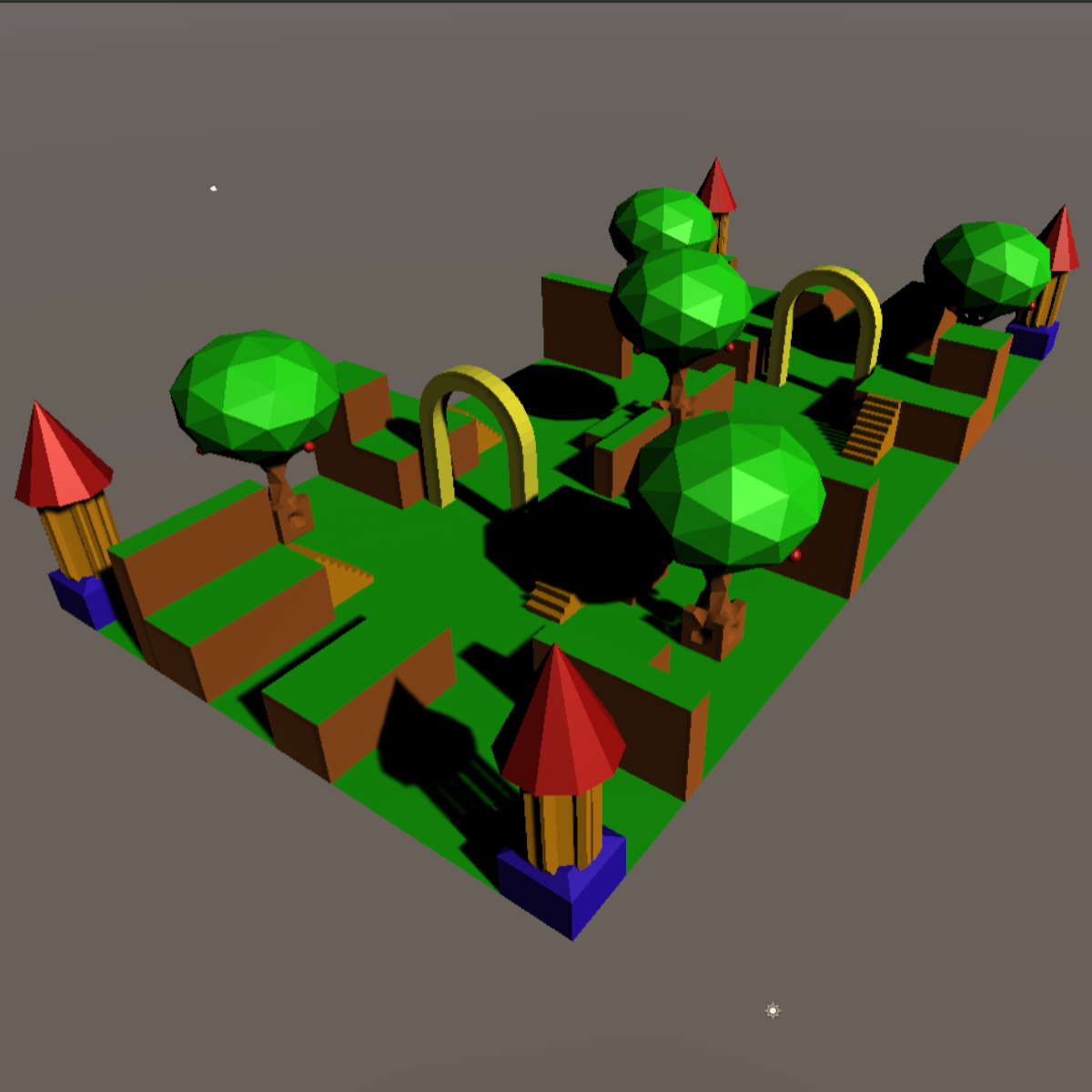Back to Courses









Computer Science Courses - Page 44
Showing results 431-440 of 2309

Medical Insurance Premium Prediction with Machine Learning
In this 1-hour long project-based course, you will learn how to predict medical insurance cost with machine learning. The objective of this case study is to predict the health insurance cost incurred by Individuals based on their age, gender, Body Mass Index (BMI), number of children, smoking habits, and geo-location.
Note: This course works best for learners who are based in the North America region. We’re currently working on providing the same experience in other regions.

Recommender Systems
In this course you will:
a) understand the basic concept of recommender systems. b) understand the Collaborative Filtering.
c) understand the Recommender System with Deep Learning. d) understand the Further Issues of Recommender Systems.
Please make sure that you’re comfortable programming in Python and have a basic knowledge of mathematics including matrix multiplications, conditional probability, and basic machine learning algorithms.

Cloud Computing Security
In this MOOC, we will learn Cloud Computing basics using AWS as an example, We will guide you to create AWS account, planning AWS resources for your cloud systems, create AWS EC2 instances, access them and configure the popular LAMP web services with MySQL database. We will guide you to create user accounts for your programmer or operators using AWS Identify and Access management GUI, Register your domain name and setup DNS entry for your servers using AWS Route 53 in 22 mintues! and show you how to use AWS Command Line interface to create and managing instances and services programmatically. We then introduce AWS Load balancing feature, create load balancing cluster for scalability and reliability. We also demonstrate how to diagnose the problem introduced by the health check and firewall restriction conflicts. By the end of this course, you should be able to create your own web cluster with mysql databases, setup your users with credentials to manage your AWS resources/virtual machines either through their management control interface or using AWS CLI API using scripts. You will also learn the best practice in cloud security and debugging service interaction issues may arise in the cloud systems.

Scrum Master Certification Practice
This course is designed to help Scrum beginners apply gained knowledge to practice. We will review several of the Scrum Methodologies and the Sprint process as well as complete several exercises.
This is a standalone course, however we recommend completing the Scrum Master Certification specialization courses prior to beginning this one, as the methodologies and exercises within those courses are the foundations for this practice course.

Cut Time to Production with Action Mapping in Miro
By the end of this project, you will be able to accelerate product development with action mapping.
To create the action map you will gain hands-on experience identifying, defining, and prioritizing tasks with an end goal in mind to optimize the development process in the Miro online visual collaboration platform for teamwork.
Note: This course works best for learners who are based in the North America region. We’re currently working on providing the same experience in other regions.

The Arduino Platform and C Programming
The Arduino is an open-source computer hardware/software platform for building digital devices and interactive objects that can sense and control the physical world around them. In this class you will learn how the Arduino platform works in terms of the physical board and libraries and the IDE (integrated development environment). You will also learn about shields, which are smaller boards that plug into the main Arduino board to perform other functions such as sensing light, heat, GPS tracking, or providing a user interface display. The course will also cover programming the Arduino using C code and accessing the pins on the board via the software to control external devices. Please note that this course does not include discussion forums.
Upon completing this course, you will be able to:
1. Outline the composition of the Arduino development board
2. Describe what it means to program the board's firmware
3. Read board schematics
4. Install Arduino IDE
5. Describe what "shields" are and how they are used
6. Specify the role of libraries in the use of shields
7. Compile and run a program
8. Name C Variables and Types
9. Name common C operators
10. Use conditionals and loops
11. Explain functions, their definition and invocation
12. Explain the implications of global variables
13. Undertake the Arduino build process
14. Describe the role of the tools behind the IDE
15. Describe how to invoke functions in classes
16. Explain the structure of an Arduino sketch
17. Access the pins of the Arduino
18. Differentiate between digital and analog pin
19. Debug embedded software
20. Explain the importance of controllability and observability in the debugging process
21. Describe common debugging architectures for embedded systems
22. Explain how the UART Serial communication protocol works
23. Describe how the Arduino Serial library performs serial communication

Leverage Meeting Productivity Tools in Miro
By the end of this project, you will be able to enhance productivity within remote and hybrid meetings by leveraging productivity tools in Miro.
To do this, you will gain hands-on experience creating visualizations that focus a team on meeting purpose and priorities in the Miro online visual collaboration platform for teamwork.
Note: This course works best for learners who are based in the North America region. We’re currently working on providing the same experience in other regions.

Introduction to Blockchain for Financial Services
In this first course of the specialization, we will discuss the limitations of the Internet for business and economic activity, and explain how blockchain technology represents the way forward. After completing this course, you will be able to explain what blockchain is, how it works, and why it is revolutionary. You will learn key concepts such as mining, hashing, proof-of-work, public key cryptography, and the double-spend problem. You’ll be able to describe seven design principles for blockchain technology, and the challenges facing the people developing it. You’ll also meet the players in the blockchain ecosystem, and consider your own role in stewarding the blockchain revolution.

Create corporate Newsletters with Canva
At the end of this project, you will have all the basic skills to create a professional Newsletter using Canva, an online tool for creating and editing Marketing visuals. You will be able to share your latest news and inform your favorite target audience.
This project is intended for beginners, small business owners and startups who have no knowledge of graphic design and who would like to share specific information with their audience through Newsletters.

Create a Simple Scene with ProGrids and ProBuilder in Unity
In this one-hour, project-based course, you'll learn how to install, configure and use Unity's powerful ProGrids and ProBuilder tools. You'll learn how to create 3D objects that are more complex and useful than the default primitives, then snap them together or position them in your scene by using tools for even spacing and alignment.
The guided project will introduce you to the following Unity tools:
-ProGrids
-ProBuilder
Note: This course works best for learners who are based in the North America region. We’re currently working on providing the same experience in other regions.
